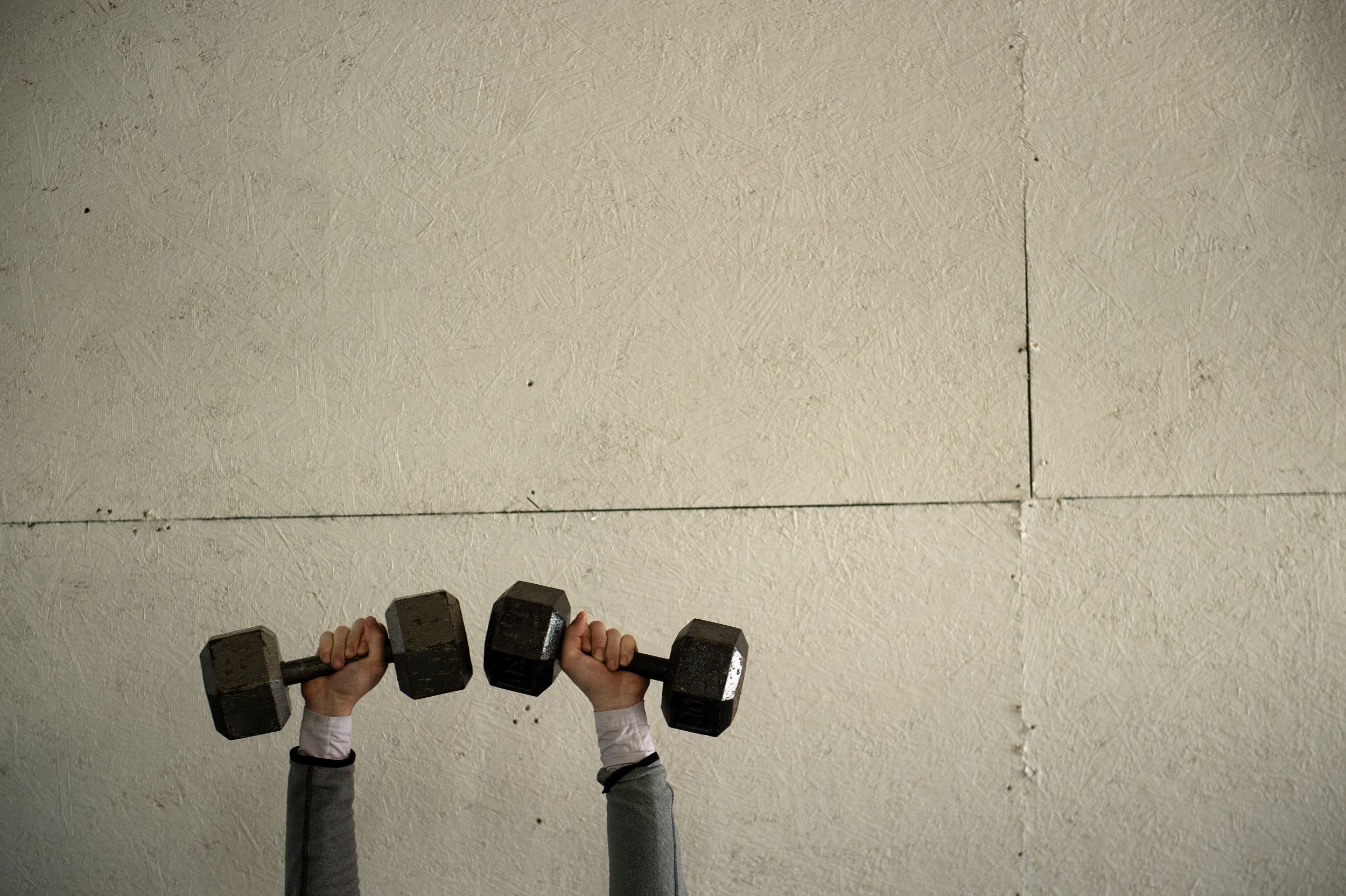
If you're building muscle, working out hard at the gym should cause some soreness—but it's possible to go overboard, as a teen in Texas and his family found out last week. Jared Shamburger was extraordinarily sore the day after a hard weight lifting session, and it turns out, the soreness was due to a condition called rhabdomyolysis, KTRK reported. While it's incredibly rare, the condition causes muscle tissue to break down and could lead to organ failure.
The 17-year-old was sore to the touch and swollen, the teen told KTRK, so his mom did some research online and then called the doctor. Once his case was confirmed, he spent several days in the hospital.
What is rhabdomyolysis?
Anything that happens to the body and causes skeletal muscle damage, like a crush injury, can lead to rhabdomyolysis because of the process that occurs when a muscle is damaged. After a muscle is damaged, a protein is released into the bloodstream, and that protein is meant to be filtered through the kidney. However, that protein, called myoglobin, can break down into a substance that can actually damage the kidney, according to the United States National Library of Medicine.
What are the symptoms of rhabdomyolysis?
Symptoms of rhabdomyolysis can include swelling, extreme soreness and pain to the touch, like Shamburger experienced. Additionally, dark-colored urine can be a signal of the issue, so a combination of the symptoms could be important to pay attention to.
Besides a crush injury, there are a few additional causes of the condition. It can be genetic or metabolic as well. But what Shamburger experienced is frequently called exertional rhabdomyolysis, which happens simply from exercising too hard. Muscles tear during exercise and then rebuild stronger, but the issue with rhabdomyolysis is that the muscles don't repair—instead, the cells die and then release the toxic protein into the bloodstream, according to Men's Journal.
The condition has also been linked to the use of statins, or drugs used to reduce cholesterol in the body. The higher the dose of statin that a patient is taking increases the risk of rhabdomyolysis. Only about one and a half people out of 100,000 people taking statins actually develops rhabdomyolysis, according to the Mayo Clinic.
Uncommon Knowledge
Newsweek is committed to challenging conventional wisdom and finding connections in the search for common ground.
Newsweek is committed to challenging conventional wisdom and finding connections in the search for common ground.
About the writer
Nina was a breaking news reporter. She previously worked at Business Insider, The Boston Globe, and Boston.com.
To read how Newsweek uses AI as a newsroom tool, Click here.






